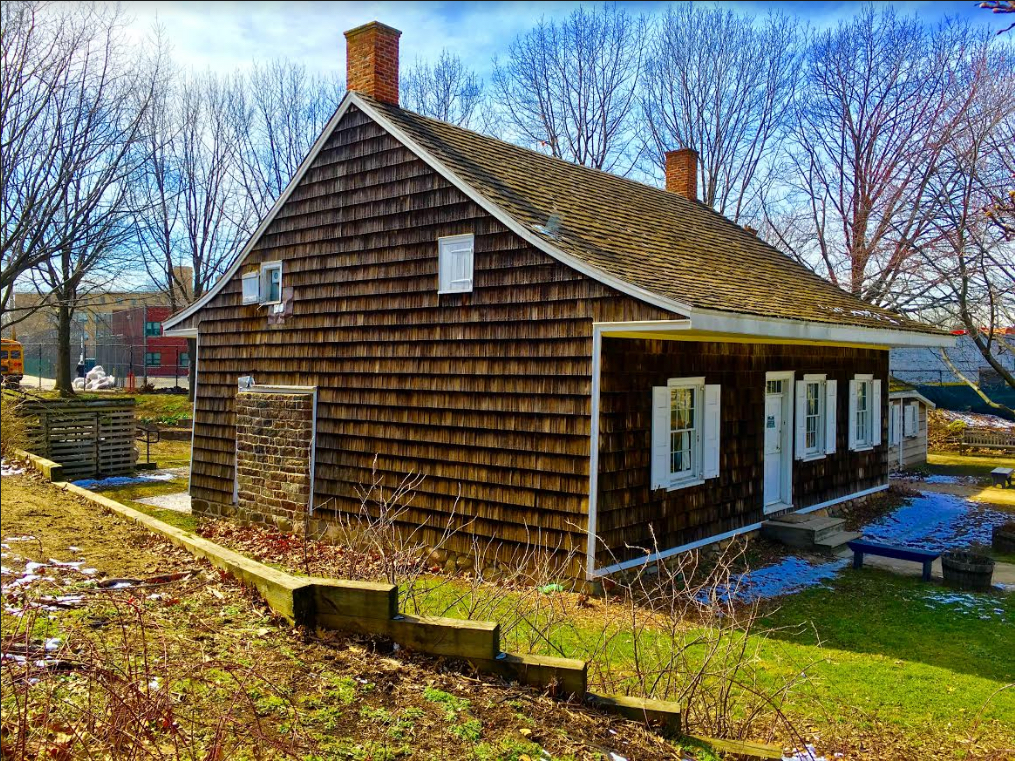This Brooklyn farmhouse is the oldest building in New York
A tour of some of the borough's Dutch farmhouses.

Pieter Claesen Wyckoff House was constructed before 1641. Eagle file photo by Lore Croghan
The first time you see a Dutch farmhouse in a Brooklyn neighborhood, you might think you’re hallucinating.
What are these magical houses doing in this ever-changing, development-obsessed borough? They look like illustrations in a history book, with a modern modification here and there.
One of Brooklyn’s Dutch farmhouses was built in the 1600s and is the oldest building in New York State. Others were constructed in the 18th century.
